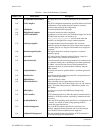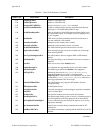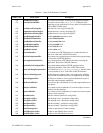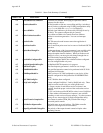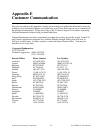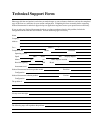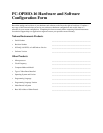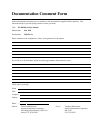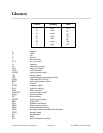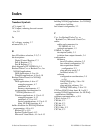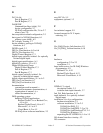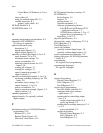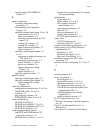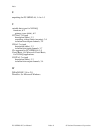Index
PC-OPDIO-16 User Manual Index-4 © National Instruments Corporation
Visual Basic for Windows, 6-3 to 6-
4
status codes, 6-1
using for isolated digital I/O, 5-4
variable data types, 6-1
primary types (table), 6-2
NI-DAQ libraries, 4-8
NI-PNP.EXE utility, 2-5
O
operating environment specifications, A-2
operation of PC-OPDIO-16.
See theory of operation.
optical isolation circuitry
description, 5-3
digital input (figure), 5-3
digital output (figure), 5-3
optically isolated digital input, 3-6 to 3-8
input channels, 3-6 to 3-8
maximum power ratings, 3-6
power-on condition, 3-8
reducing forward current for 24 V
inputs, 3-8
sensing AC voltages, 3-7
sensing DC voltages, 3-7
signal connection example, 3-7
signal isolation, 3-7
optically isolated digital output, 3-4 to 3-6
increasing switching frequency for TTL
loads, 3-6
maximum power ratings, 3-4
output channels, 3-4 to 3-6
power-on condition, 3-6
signal connection example (figure), 3-5
signal isolation, 3-4
optional equipment, 1-3
output channels. See optically isolated
digital output.
P
parameter passing, for NI-DAQ Windows
programming, 4-9
Borland C++, 4-10
Borland Turbo Pascal, 4-13
Microsoft Visual Basic, 4-15
PC I/O channel interface circuitry, 5-2
PC-OPDIO-16
block diagram, 5-1
features, 1-1
getting started, 1-1
optional equipment, 1-3
software programming choices
LabVIEW and LabWindows/CVI
application software, 1-2
NI-DAQ driver software, 1-2 to 1-3
register-level programming, 1-3
unpacking, 1-4 to 1-5
physical specifications, A-2
plug and play mode, configuring, 2-2, 2-6
Port A Register, C-2
Port B Register, C-3
power-on condition
optically isolated digital input, 3-8
optically isolated digital output, 3-6
power requirement specifications, A-2
primary data types for NI-DAQ functions
(table), 6-2
programming.
See register-level programming.
programming languages.
See specific languages.
R
register descriptions
Digital Control Register, C-3
Port A Register, C-2
Port B Register, C-3
register-level programming
base I/O address selection, C-1
compared with other software
applications, 1-3
pseudocode for controlling output
port, C-4
output control data (table), C-4
power-up default, C-4
pseudocode for reading input port, C-4
to C-5
power-up default, C-5
register description
Digital Control Register, C-3
Port A Register, C-2
Port B Register, C-3



